As Dorset’s coop dreams became a reality, students gathered new skills
 What does it look like to break one enormous project into several project-based learning units?
What does it look like to break one enormous project into several project-based learning units?
For Dorset students to go from dreaming about fresh eggs to actually building a chicken coop required two strategies: breaking the PBL into phases, and asking students to assume different roles along the way.
Let’s break down just how Dorset’s chicken coop project stayed true to its PBL roots and manageable for students and educators.
Phase 1: Inspirational design
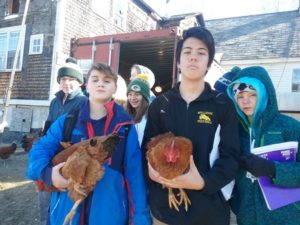
It all began with the dream of farm-fresh eggs in Dorset’s dining hall. Mmmm. Eggs.
But to get eggs, you need chickens. And to get chickens, you need a coop. And to get a coop, you need wood, nails, paint, roofing shingles, windows, an egg box… and a design. Where to begin? Dorset’s students began with research.
Students as researchers
- Why raise chickens?
- How do you care for chickens?
- What conditions do they require to live healthy, productive lives?
These were just a few of the research questions students grappled with in order to make the case that the Dorset School should have their own chicken coop.
Researchers traveled to a local farm to observe happy, contented chickens in a coop. They interviewed the farmer. They met with actual, real-live chickens and learned what’s necessary to handle them safely.
And their research paid off: it really did begin to look like Dorset School could handle having a chicken-filled coop on its grounds. They had the knowledge.
With that decision made, students had to switch hats, and move from researchers, to architects. What style of chicken coop did their research indicate would be best?
Students as architects
Students dove into the process of designing a chicken coop perfect for the Dorset School. Working in groups, they used their research to develop Google Sketch-Up plans and scale models for structures that would provide healthy living space for laying hens.
And just like paid architects, students had to present their designs to clients for feedback.
The clients, in this case, were members of the Dorset School community: students, staff, parents, and other community members. Communication and presentation skills were crucial as students showed off their models, shared their research, and explained their design components.
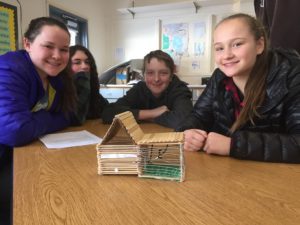
After receiving feedback they went back to the drawing board to revise and improve the original designs. Students presented their updated coop designs and conducted a student vote. Educators and Dorset School staff took that feedback into account in choosing a final design for the build. But the build was now definitely a go.
Phase 2: Gathering the materials
If you build it, they will cluck.
Students as contractors
Contractors do a lot of behind-the-scenes work: estimating costs, purchasing supplies, selecting a building site, and communicating with clients, suppliers and site managers. Dorset students needed to do these things as well.
They met with the custodian to locate an appropriate site for the coop. They compiled a list of supplies and materials needed and calculated the cost to build the coop. And they kept the lines of communication open, having necessary discussions with the administrations, staff, community members, and each other.
Students as fundraisers
In order to build a coop, Dorset students recognized that they needed support from community partners. A letter-writing campaign (those communication skills at work again) led to donations of materials, supplies, and funds. It also helped them find community members willing to share tools and expertise. A team of skilled local carpenters offered to join the Dorset students for two building days.
Phase 3: Building & farming
Students as builders & painters
It was finally time to get out the hammers and nails! Students took on different roles. Some were active with the measuring, cutting, nailing, and shingling. Others were planning the more decorative elements, specifically a mural to adorn the side of the newly constructed building. Whatever their role, they were all engaged in the real work of creating!
Students as… teachers?
Because there are so many different parts to a large PBL project like this, opportunities arise for students to share hidden or less common skills. During the coop build, one student with previous construction experience was able to help other students. He cheerfully and enthusiastically taught other students how to use a level, a drill, and the circular saw. He helped them master framing basics and showed them the necessary steps to hang a door.
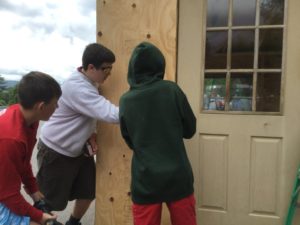
Other 8th graders prepared a presentation on chickens, the care and feeding of, and taught students in the lower grades how they could get involved with the exciting chicken project.
These are incredibly useful real-world skills that don’t often come to the fore in traditional in-classroom work. But we know students love to share what they know.
Coming soon: students as farmers.
The coop will soon be the home of chickens hatched from eggs in Dorset’s middle school science classroom. Students are making plans for their care. They are soliciting volunteers to feed and water the flock over the summer. And they are doing the other hard work of farming: figuring out how to productively use the results of their hard work. Students are working with the Dorset School’s food service department to incorporate fresh eggs into the meals served in the cafeteria. Next fall Dorset students will be living the dream: eating fresh, local eggs for breakfast and lunch!
https://twitter.com/JPhillipsVT/status/1007402486825717762
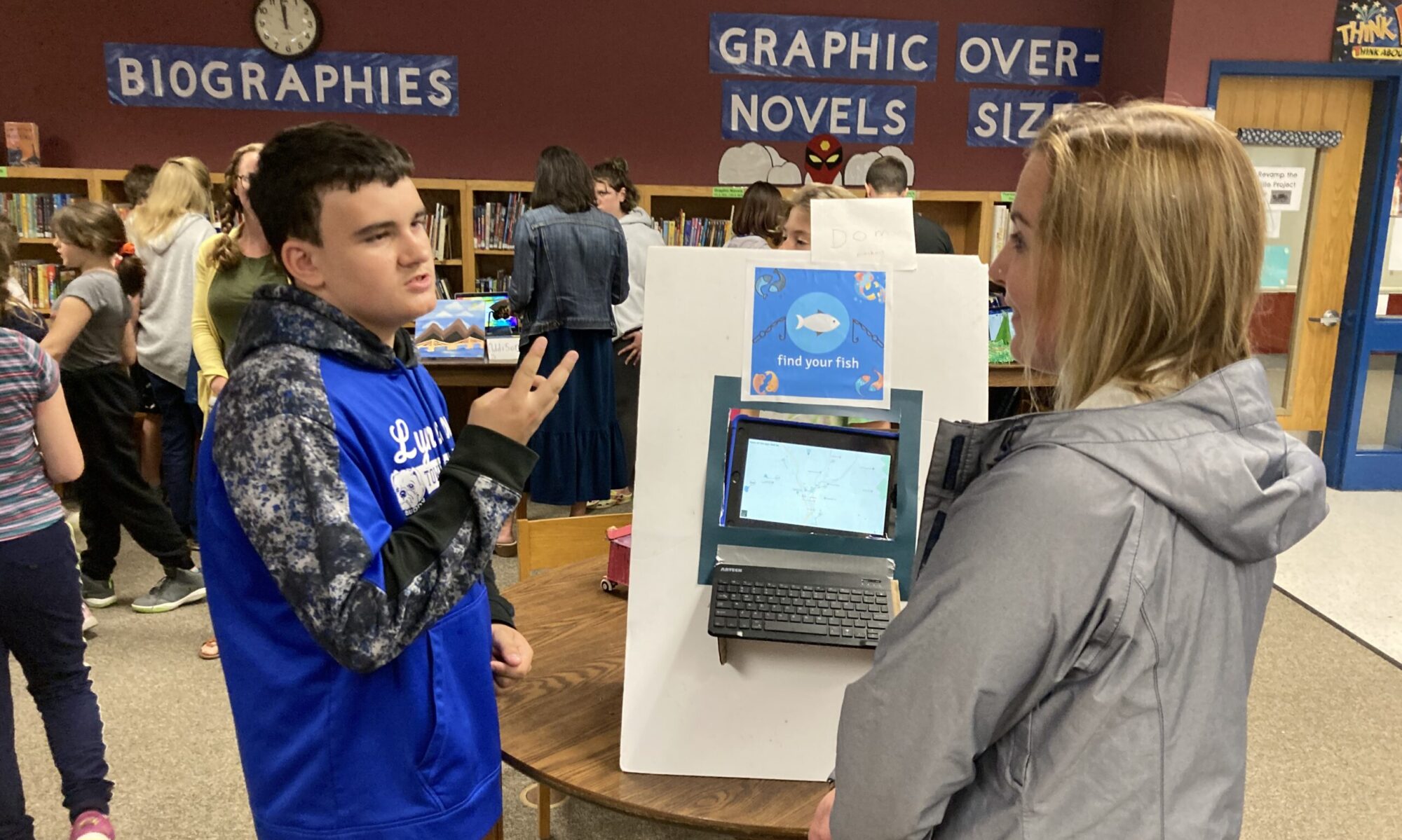

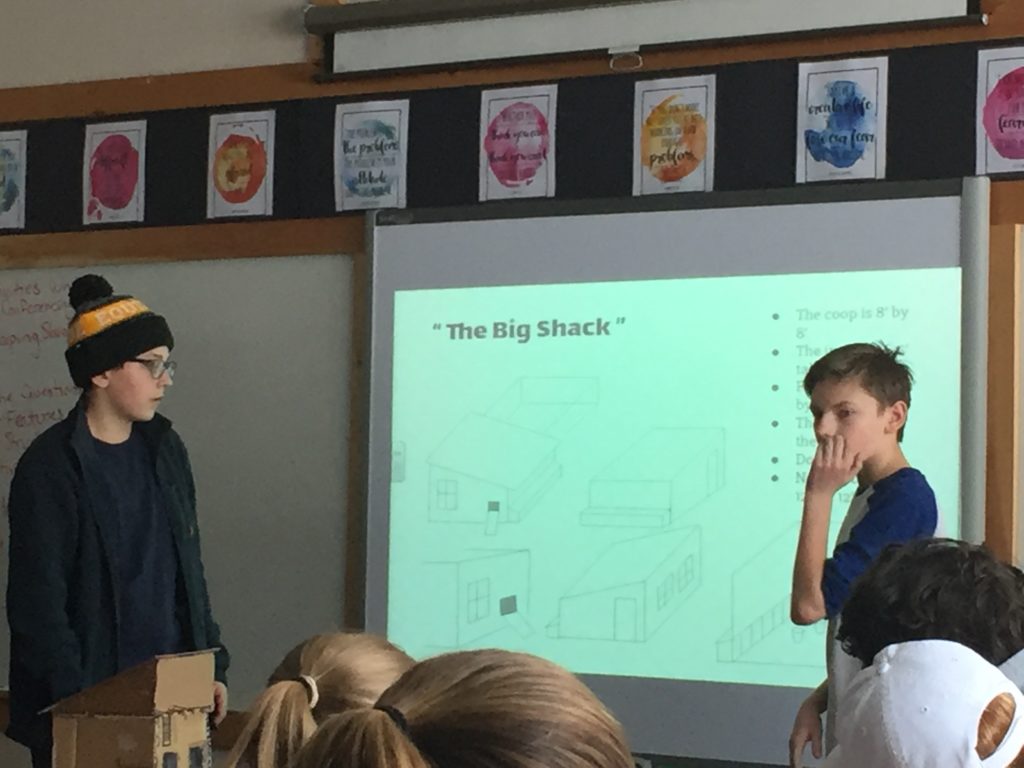
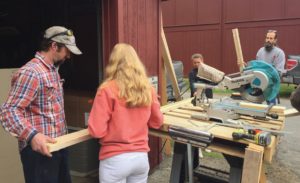
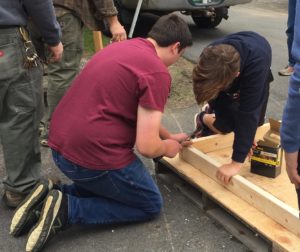
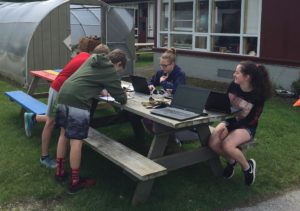
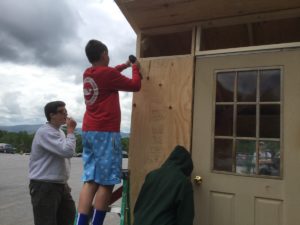
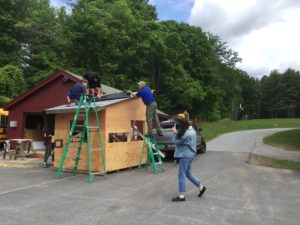
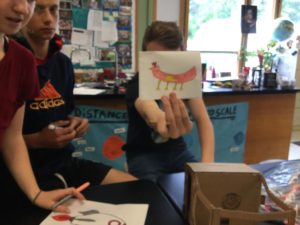
One Reply to “Evolving student roles in a big (BIG) PBL project”
Comments are closed.